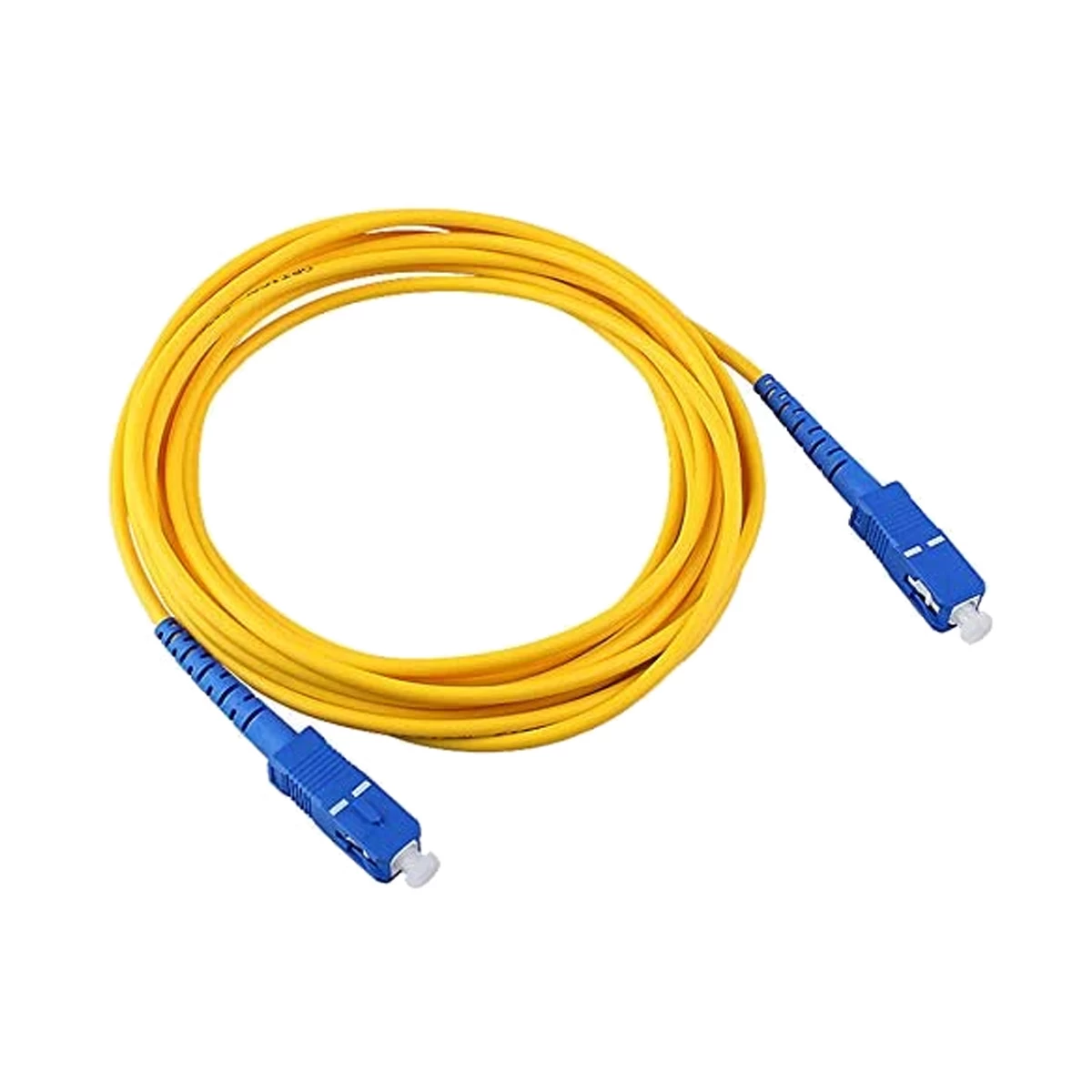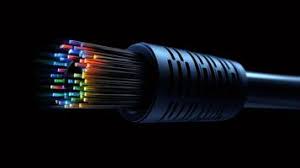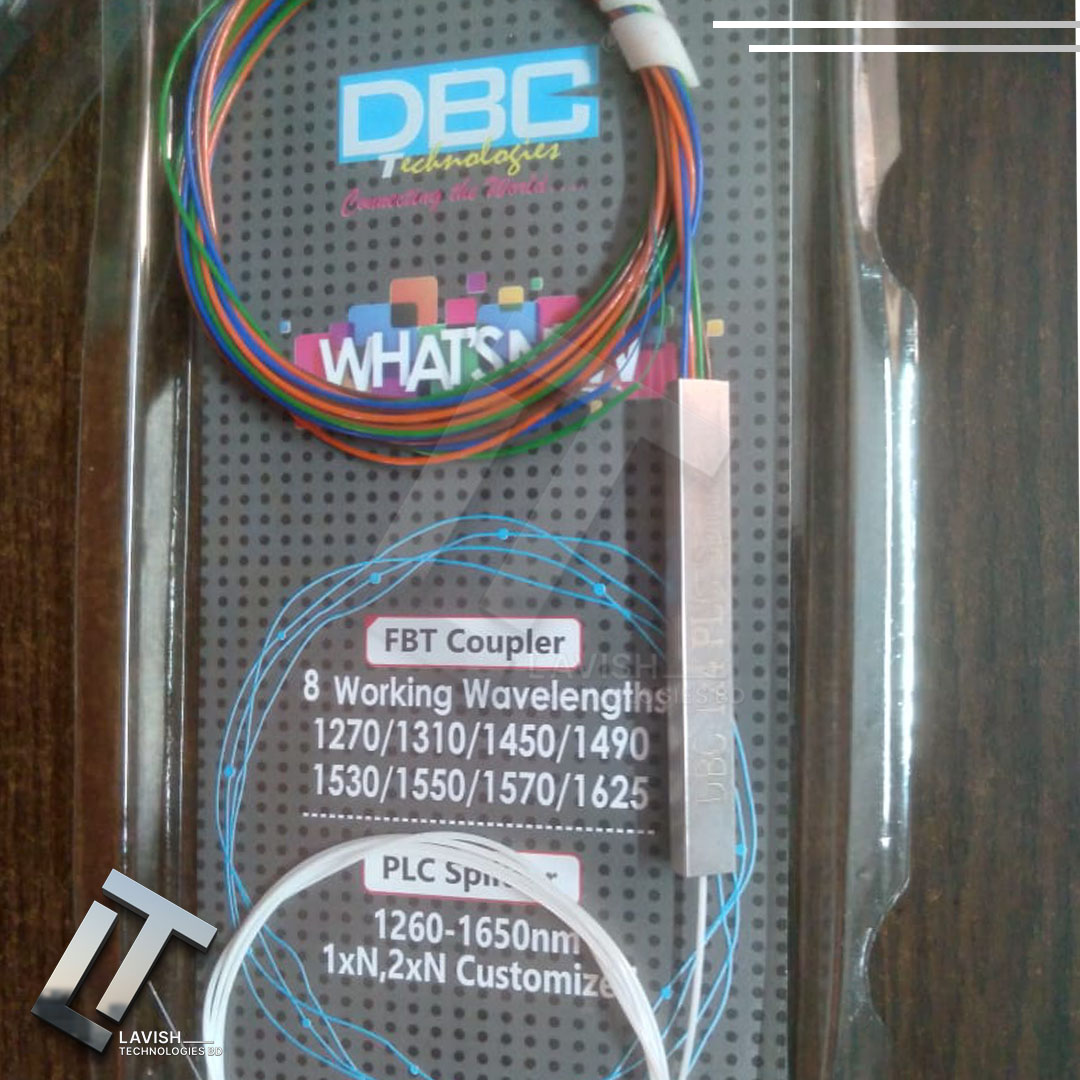
🧬 Origins of the SC Connector
- SC stands for Subscriber Connector or Standard Connector.
- It was developed in the 1980s by NTT (Nippon Telegraph and Telephone) in Japan.
- Designed to be cost-effective, easy to use, and high-performance, it quickly became a standard in telecom and data networks.
- Its push-pull locking mechanism made it ideal for quick connections without compromising signal integrity.
🔌 Birth of the SC/SC Patch Cord
- A patch cord is a short cable with connectors on both ends, used to connect devices in a network.
- The SC/SC patch cord features SC connectors on both ends, typically used to link two SC ports—like between a patch panel and a network switch or optical transceiver.
- These cords became popular as fiber optic networks expanded, especially in enterprise data centers, telecom infrastructure, and FTTH (Fiber to the Home) deployments.
🧪 Why SC/SC?
- SC connectors are square-shaped, sturdy, and support single-mode and multimode fibers.
- The SC/SC configuration is ideal when both devices or panels use SC ports, ensuring minimal insertion loss and stable performance.
📈 Legacy and Impact
- Though newer connectors like LC (Lucent Connector) are now more common due to their compact size, SC/SC patch cords are still widely used.
- They represent a milestone in fiber optic standardization, helping pave the way for high-speed internet and global connectivity.



